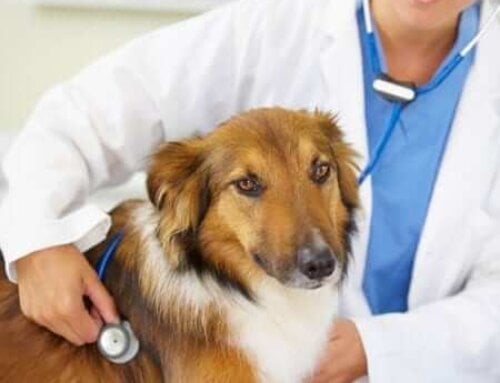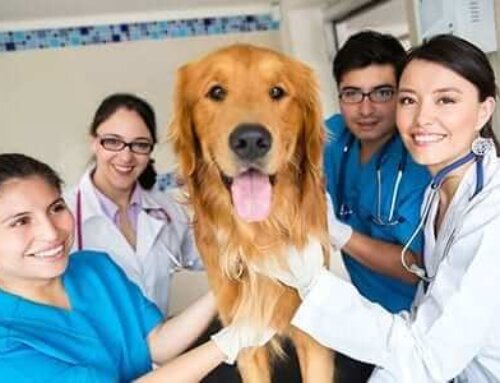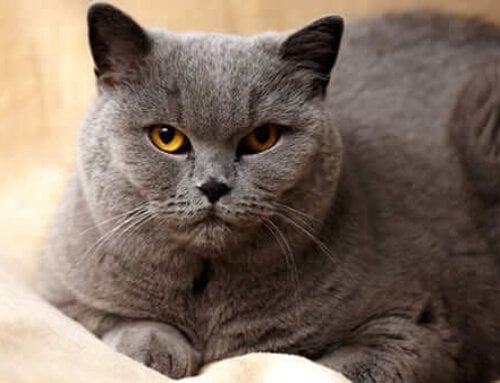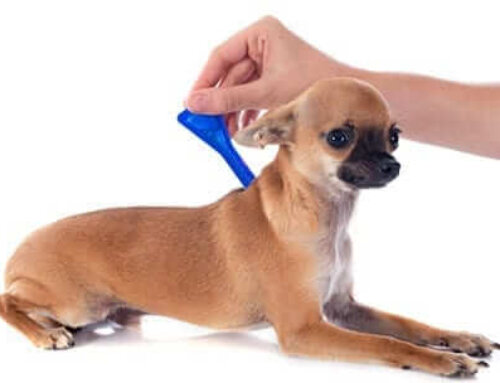I’m sure you’ve heard of diabetic cats that were on insulin then off then on again? Are they doing this just to vex their humans and veterinarians? How can a cat be diabetic then not diabetic? Why has the incidence of diabetes increased in our felines? Are there factors predisposing felines to diabetes the same as with humans?
There are numerous factors at play here. Some may be genetic but many have to do with lifestyle and diet. This is sounding familiar, huh! The incidence of type 2 diabetes in humans has sky rocketed over the years due to American’s diet and exercise habits changing over the last century. We’ve got a lot easier life these days than our forefathers had. Obesity, lack of exercise, and an excess of refined foods has landed humans in this metabolic pickle.
Likewise, many cats went from ‘mousing’ in barns and fields to being indoor couch potatoes. Literally! I came home from my yoga class this morning to find my cats on the back of the couch, staring at me. I don’t think they moved the entire time I was gone! Most American cats are lazy loungers. It’s a good thing they are such good company. I threaten mine all the time that I’m going to make them go get a paper route to help earn their keep.
Diabetes is reversible in some cats, especially if we treat aggressively and diagnose diabetes early. There isn’t much in controlled studies to tell us why some cats go into “remission” and others do not, but the general consensus among vets is getting them on a low carbohydrate diet and insulin regimen early will increase the rate of remission.
As veterinarians, we know that obesity in the cat population has risen dramatically over the years and more often than not it is the tubby cats who become diabetic. Yes, there are other influences that can turn a cat diabetic such as pancreatitis or steroid administration, but obesity is a huge risk factor. It is the same lifestyle habits that result in feline diabetes that we need to address if we wish to achieve diabetic remission. So let’s discuss the biggest risk factors to obesity. For most American cats the obesity is diet and exercise related.
DIET
Kibble diets may be nutritionally balanced and delicious, but cats are true carnivores. In nature a very small fraction of their natural diet is carbohydrate, and those carbs are usually ingested by their prey. If I have a non-diabetic tubby patient, my first step is to get the owners to stop feeding kibble. Kibble is much higher in carbs than canned food. Yes, some kibbles have lower carb content than others, but kibble in general has more carbs than canned food. If you can ‘pinch an inch’ on your putty tat, talk with your vet about weight loss. The odds are high that your vet will discuss canned food only. Additionally, canned food has a higher water content than dry food. Cats feel “full” sooner when eating canned food compared to dry food.
EXERCISE
Indoor cats rarely get as much of exercise as outdoor cats. Sure, your kitty may shoot out of the litter box after his morning constitutional, but most indoor cats don’t get enough exercise. Exercise is important for keeping a trim figure. Most of us walk or run our doggies every day, but we don’t typically think about our exercising our cats. I’m not personally a huge fan of running… If you ever see me running it means there is a bear chasing me. Nonetheless, we all need some sort of exercise. That includes your cat. Most cats love to chase string toys or laser lights. Regularly engaging your cat in play will build muscles, burn calories and strengthen the emotional bond between you and your feline.
Let’s be proactive pet owners! Keeping your cat lean through diet and exercise will very likely lower the risk of diabetes. Additionally, if your cat is diabetic, obesity causes insulin resistance. A lean cat is more likely to go into remission than a tubby cat. You are ultimately in control of your pet’s diet and exercise.
You know I like hearing from our readers. Don’t hesitate to email me at [email protected]
NOTE: Consult your veterinarian to confirm that my recommendations are applicable for the health needs of your pet.










Leave A Comment